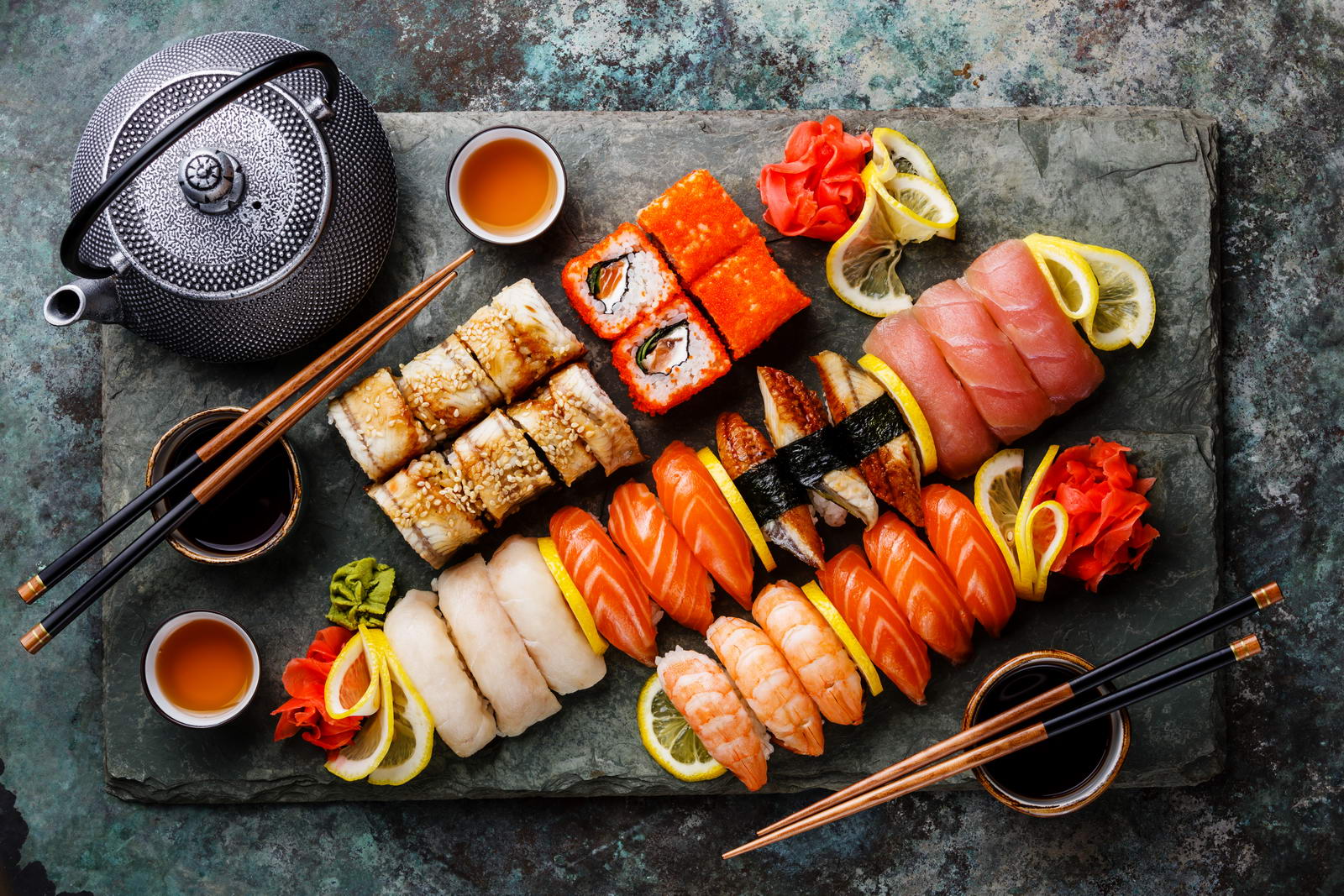Beyond Sushi: Mastering Traditional Japanese Cooking Techniques
Beyond Sushi: Mastering Traditional Japanese Cooking Techniques
Oct 23, 2024
Oct 23, 2024
Our head chef shares insights into authentic Japanese culinary methods that elevate our dishes beyond the ordinary.
Our head chef shares insights into authentic Japanese culinary methods that elevate our dishes beyond the ordinary.



Our head chef shares insights into authentic Japanese culinary methods that elevate our dishes beyond the ordinary.
Japanese cuisine is an art form that goes far beyond the familiar world of sushi. In our kitchen, we embrace traditional Japanese cooking techniques that have been refined over centuries, bringing depth, precision, and harmony to every dish we create.
Essential Japanese Techniques
Dashi Making
The foundation of Japanese cooking begins with dashi, a fundamental stock that provides umami depth. Our chefs prepare fresh dashi daily using:
- Premium kombu (dried kelp)
- Carefully selected katsuobushi (dried bonito flakes)
- Pure spring water
- Traditional steeping methods
Knife Skills (Hocho)
Japanese knife techniques are precise and purposeful:
- Katsuramuki: creating paper-thin vegetable sheets
- Usugiri: ultra-thin slicing for delicate preparations
- Rangiri: diagonal cutting for even cooking
- Kakugiri: precise rectangular cuts
The Five Cooking Methods
1. Nimono (Simmered Dishes)
Our chefs master the art of simmering in dashi-based cooking liquids, carefully controlling temperature to allow flavors to develop while maintaining ingredient integrity.
2. Yakimono (Grilled and Pan-Fried)
We use traditional bincho-tan charcoal to achieve the perfect sear while preserving natural flavors, especially in our signature fish dishes.
3. Mushimono (Steamed Dishes)
Gentle steam cooking preserves nutrients and natural flavors, requiring precise timing and temperature control.
4. Agemono (Deep-Fried)
Our tempura technique achieves the perfect light, crispy coating while maintaining the natural flavors of ingredients.
5. Tsukemono (Pickled Items)
House-made seasonal pickles using traditional fermentation methods add brightness and complexity to our dishes.
Signature Applications
Our menu features these techniques in dishes such as:
Seasonal Chawanmushi
A savory egg custard steamed to silky perfection, featuring seasonal ingredients and house-made dashi.
Kamo Rosu
Duck breast prepared using a combination of Western and Japanese techniques, served with house-made pickles and aged ponzu sauce.
Tempura of the Day
Ultra-light, crispy tempura showcasing seasonal vegetables and seafood, served with house-made dipping sauces.
The Philosophy Behind the Technique
Japanese cooking is guided by several key principles:
- Shun: Using ingredients at their peak season
- Minimal waste
- Balance of flavors
- Visual presentation
- Respect for ingredients
Learning and Growing
Our kitchen team continues to learn and refine these techniques through:
- Annual training in Japan
- Workshops with visiting master chefs
- Daily practice and refinement
- Seasonal menu development
Join us for an authentic Japanese dining experience where these time-honored techniques bring out the best in every ingredient. Reserve your table to taste the difference that traditional methods make.
Our head chef shares insights into authentic Japanese culinary methods that elevate our dishes beyond the ordinary.
Japanese cuisine is an art form that goes far beyond the familiar world of sushi. In our kitchen, we embrace traditional Japanese cooking techniques that have been refined over centuries, bringing depth, precision, and harmony to every dish we create.
Essential Japanese Techniques
Dashi Making
The foundation of Japanese cooking begins with dashi, a fundamental stock that provides umami depth. Our chefs prepare fresh dashi daily using:
- Premium kombu (dried kelp)
- Carefully selected katsuobushi (dried bonito flakes)
- Pure spring water
- Traditional steeping methods
Knife Skills (Hocho)
Japanese knife techniques are precise and purposeful:
- Katsuramuki: creating paper-thin vegetable sheets
- Usugiri: ultra-thin slicing for delicate preparations
- Rangiri: diagonal cutting for even cooking
- Kakugiri: precise rectangular cuts
The Five Cooking Methods
1. Nimono (Simmered Dishes)
Our chefs master the art of simmering in dashi-based cooking liquids, carefully controlling temperature to allow flavors to develop while maintaining ingredient integrity.
2. Yakimono (Grilled and Pan-Fried)
We use traditional bincho-tan charcoal to achieve the perfect sear while preserving natural flavors, especially in our signature fish dishes.
3. Mushimono (Steamed Dishes)
Gentle steam cooking preserves nutrients and natural flavors, requiring precise timing and temperature control.
4. Agemono (Deep-Fried)
Our tempura technique achieves the perfect light, crispy coating while maintaining the natural flavors of ingredients.
5. Tsukemono (Pickled Items)
House-made seasonal pickles using traditional fermentation methods add brightness and complexity to our dishes.
Signature Applications
Our menu features these techniques in dishes such as:
Seasonal Chawanmushi
A savory egg custard steamed to silky perfection, featuring seasonal ingredients and house-made dashi.
Kamo Rosu
Duck breast prepared using a combination of Western and Japanese techniques, served with house-made pickles and aged ponzu sauce.
Tempura of the Day
Ultra-light, crispy tempura showcasing seasonal vegetables and seafood, served with house-made dipping sauces.
The Philosophy Behind the Technique
Japanese cooking is guided by several key principles:
- Shun: Using ingredients at their peak season
- Minimal waste
- Balance of flavors
- Visual presentation
- Respect for ingredients
Learning and Growing
Our kitchen team continues to learn and refine these techniques through:
- Annual training in Japan
- Workshops with visiting master chefs
- Daily practice and refinement
- Seasonal menu development
Join us for an authentic Japanese dining experience where these time-honored techniques bring out the best in every ingredient. Reserve your table to taste the difference that traditional methods make.